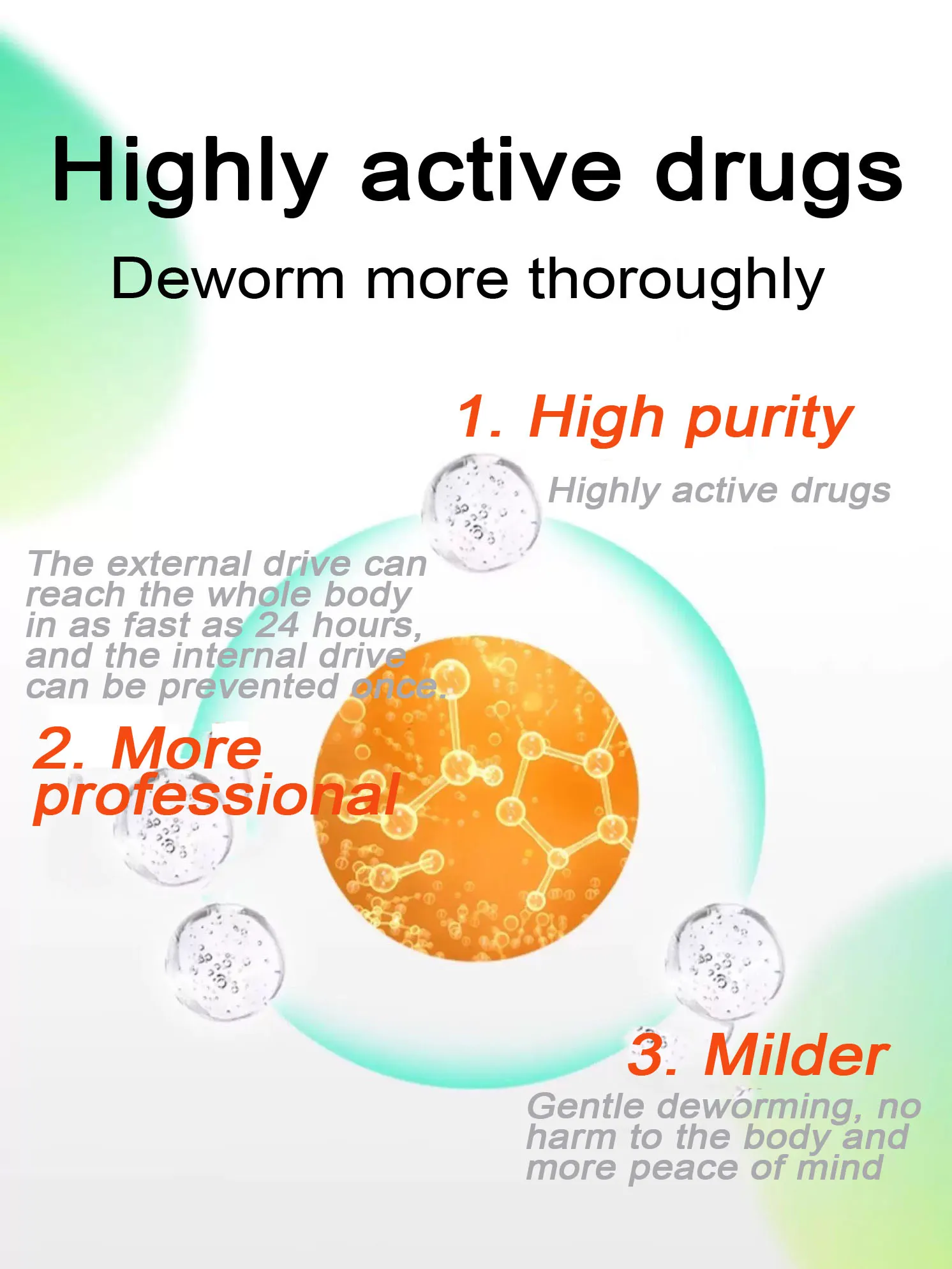- Afrikaans
- Albanian
- Amharic
- Arabic
- Armenian
- Azerbaijani
- Basque
- Belarusian
- Bengali
- Bosnian
- Bulgarian
- Catalan
- Cebuano
- Corsican
- Croatian
- Czech
- Danish
- Dutch
- English
- Esperanto
- Estonian
- Finnish
- French
- Frisian
- Galician
- Georgian
- German
- Greek
- Gujarati
- Haitian Creole
- hausa
- hawaiian
- Hebrew
- Hindi
- Miao
- Hungarian
- Icelandic
- igbo
- Indonesian
- irish
- Italian
- Japanese
- Javanese
- Kannada
- kazakh
- Khmer
- Rwandese
- Korean
- Kurdish
- Kyrgyz
- Lao
- Latin
- Latvian
- Lithuanian
- Luxembourgish
- Macedonian
- Malgashi
- Malay
- Malayalam
- Maltese
- Maori
- Marathi
- Mongolian
- Myanmar
- Nepali
- Norwegian
- Norwegian
- Occitan
- Pashto
- Persian
- Polish
- Portuguese
- Punjabi
- Romanian
- Russian
- Samoan
- Scottish Gaelic
- Serbian
- Sesotho
- Shona
- Sindhi
- Sinhala
- Slovak
- Slovenian
- Somali
- Spanish
- Sundanese
- Swahili
- Swedish
- Tagalog
- Tajik
- Tamil
- Tatar
- Telugu
- Thai
- Turkish
- Turkmen
- Ukrainian
- Urdu
- Uighur
- Uzbek
- Vietnamese
- Welsh
- Bantu
- Yiddish
- Yoruba
- Zulu
Nov . 06, 2024 09:11 Back to list
Tylosin 200 mg Injection for Effective Treatment of Bacterial Infections in Animals
Tylosin 200 Injection An Overview
Tylosin is a macrolide antibiotic commonly used in veterinary medicine, primarily for the treatment of bacterial infections in livestock and poultry. Its effectiveness against a range of bacterial pathogens and relative safety for animal administration have made it a popular choice among veterinarians and farmers. One specific formulation, Tylosin 200 Injection, has gained attention due to its high concentration and effectiveness.
Composition and Mechanism of Action
Tylosin 200 Injection typically contains 200 mg of tylosin per mL, making it a potent option for treating infections caused by susceptible strains of bacteria. As a macrolide antibiotic, tylosin works by inhibiting protein synthesis in bacterial cells. It binds to the 50S ribosomal subunit, effectively blocking the translocation step of protein elongation. This action results in the cessation of bacterial growth, allowing the animal's immune system to combat the infection more effectively.
The range of bacteria targeted by tylosin includes Gram-positive organisms, some mycoplasmas, and even certain Gram-negative bacteria. This broad-spectrum activity makes it particularly useful in treating respiratory infections, enteritis, and other conditions caused by bacterial pathogens in livestock such as swine, cattle, and poultry.
Indications for Use
Tylosin 200 Injection is indicated for the treatment of various bacterial infections, including
1. Respiratory Infections It is effective against pathogens that cause pneumonia and other respiratory conditions, helping to reduce morbidity and mortality in affected animals. 2. Enteritis Tylosin can be used to treat gastrointestinal infections, promoting faster recovery and reducing the impact of diarrhea in young animals, particularly in piglets.
3. Mycoplasma Infections Mycoplasma species can be particularly challenging to treat due to their unique biology. Tylosin is one of the few antibiotics that exhibit effective action against these organisms.
4. Foot Rot and Other Skin Infections In ruminants, Tylosin may also be indicated for the control of certain skin infections, aiding in faster healing and reducing complications.
tylosin 200 inj

Dosage and Administration
The dosing of Tylosin 200 Injection depends on the specific use case, the type of animal being treated, and the severity of the infection. Typically, the recommended dosage will be provided by a veterinarian based on the individual's condition. For example, swine may receive an intramuscular injection, while other livestock can be treated via subcutaneous administration. Proper injection techniques and sanitation practices must be followed to minimize the risk of complications.
It's important to adhere to the recommended dosage and treatment duration to prevent the development of antibiotic-resistant bacteria, which can pose significant risks in both animal and human health.
Safety and Side Effects
Tylosin is generally considered safe for use in animals when administered as directed. However, like any medication, it can have side effects. Common side effects may include injection site reactions, transient lethargy, or gastrointestinal disturbances. Allergic reactions, although rare, can occur and may require immediate veterinary attention.
Pregnant and lactating animals may require special consideration, and Tylosin should be used cautiously in these cases. It's crucial to consult with a veterinarian before starting treatment to ensure the best care for the animals involved.
Conclusion
Tylosin 200 Injection is a valuable tool in the arsenal of veterinary medicine, enabling effective treatment of various bacterial infections in livestock and poultry. Its broad spectrum of activity, ease of administration, and relatively safe profile make it a go-to choice for many veterinarians. Ensuring responsible use through adherence to recommended guidelines and dosage can help optimize health outcomes for animals while combating antibiotic resistance.
In the realm of animal health, the use of antibiotics like Tylosin must be coupled with good management practices, including biosecurity measures and vaccination protocols, to promote overall herd health and welfare. As research continues, new insights into the effectiveness and application of Tylosin will undoubtedly enhance its role in veterinary medicine.
-
Guide to Oxytetracycline Injection
NewsMar.27,2025
-
Guide to Colistin Sulphate
NewsMar.27,2025
-
Gentamicin Sulfate: Uses, Price, And Key Information
NewsMar.27,2025
-
Enrofloxacin Injection: Uses, Price, And Supplier Information
NewsMar.27,2025
-
Dexamethasone Sodium Phosphate Injection: Uses, Price, And Key Information
NewsMar.27,2025
-
Albendazole Tablet: Uses, Dosage, Cost, And Key Information
NewsMar.27,2025













